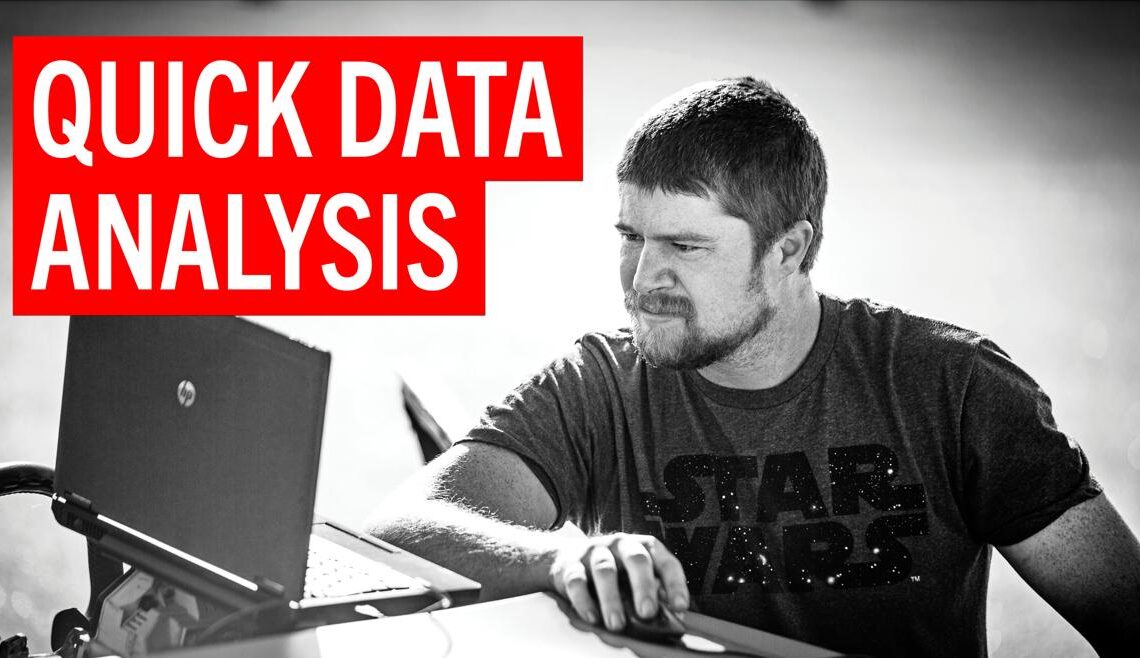You show up on a weekend morning in your shorts and GRM T-shirt, check your tire pressures, wait for the drivers meeting and work assignments, and eventually hop in your car to make some runs. Isn’t that what autocrossing is supposed to be: accessible, laid-back, inexpensive and fun? And it is.
But most of us are there because we’re racers. We …
Grabbing the Basics
[Editor’s Note: This article originally appeared in the June 2019 issue of Grassroots Motorsports.]
After every autocross run, you get one piece of data by default: your time. That time says if you went fast or slow.
But to figure out why you went fast or slow, you have to rely on your memory or some potentially subjective feeling you had about the run. What if you could have more data points? For example, what if you also got a split time halfway through your run? You’d start to know where you improved or slowed down. Four splits would be better. One split per section and turn would be better still–and so on.
Of course, just about any data-acquisition tool today can give you more than just a few split times. It can show your speed through each part of the course, your lateral and longitudinal acceleration, the distance you traveled, a track map, and much more if you want it.
So, if one piece of data isn’t enough, how much more do you really need? This is a tricky question, especially at an autocross where you may have just a few minutes between runs to review your performance. You want enough information to get an objective, measured view of the run, but not so much that you can’t make sense of it quickly.
The primary answer for us turned out to be speed-over-distance graphs. Our strategy was to overlay two runs and compare our speeds at the same points of the course–for example, the same number of feet traveled from the start. In doing so, we could see whether we were faster or slower in each section, and whether going faster or slower in a section helped us or hurt us in the next section.
The Tools for This Exercise
There are myriad data tools on the market today that range from free phone apps to full-blown systems that cost thousands of dollars. We sampled several tools, then narrowed the field to two usable examples from each end of the spectrum.
On the…
Click Here to Read the Full Original Article at Grassroots Motorsports Online Articles…

